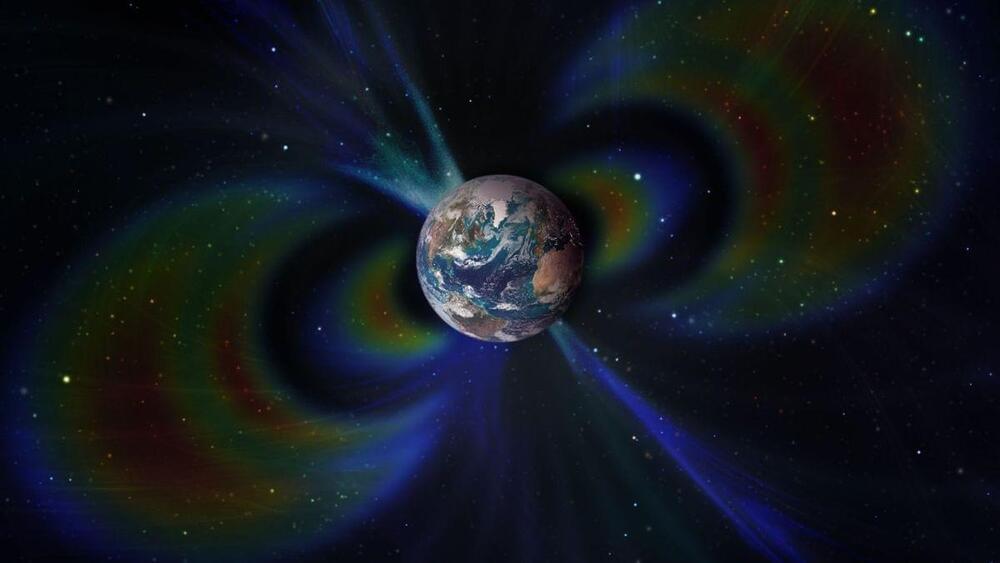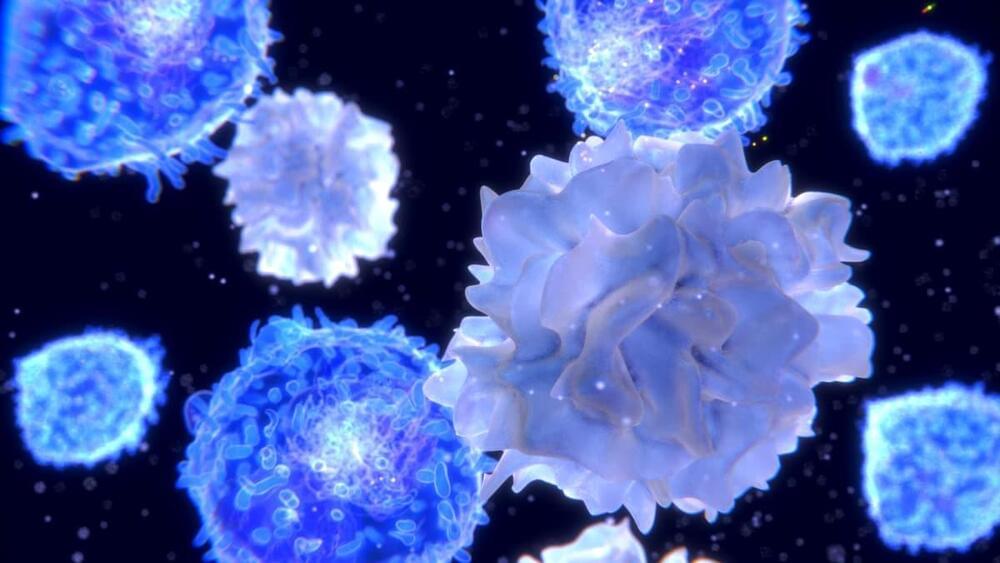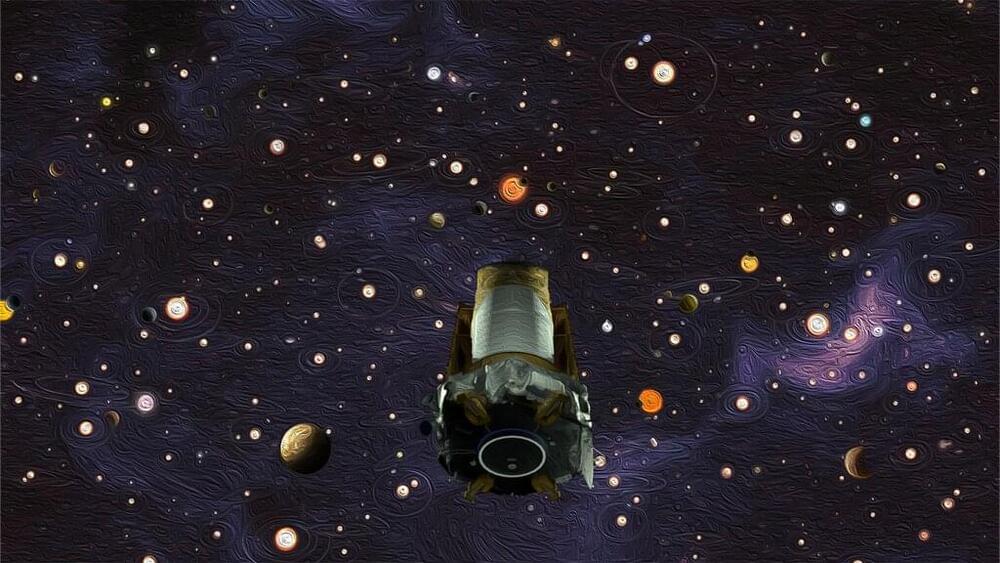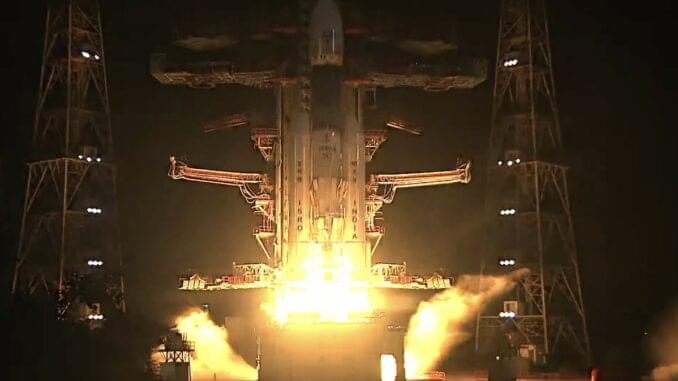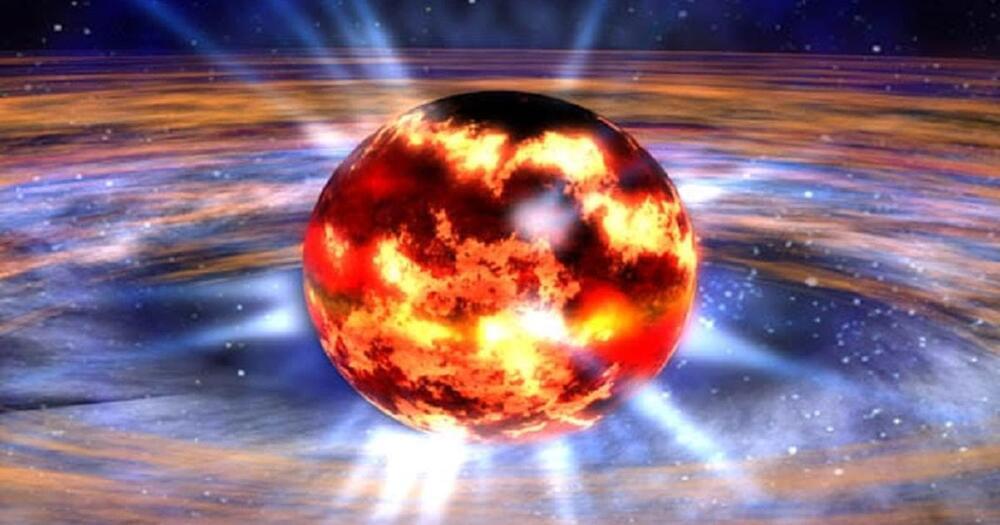Researchers created an artificial intelligence process that determines when and where wildfires will occur.
Wildfires have caused extreme fire damages across the globe, along with many deaths. It is significant to know when wildfires are spreading, and where, to prevent loss of life. Realizing this important information in advance is key. Forecasting wildfire danger can be a difficult task because of the complexity involving climate system, interactions with vegetation and socio-economic components.
Currently, available information for widespread fires only provides limited data and information.
Pixabay / Clandestino.
New method.



